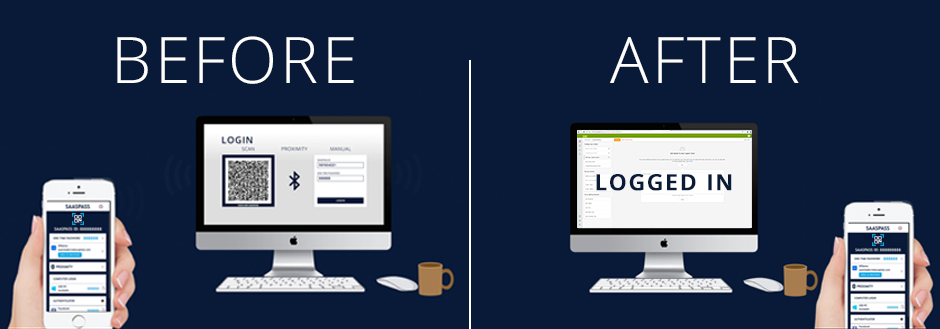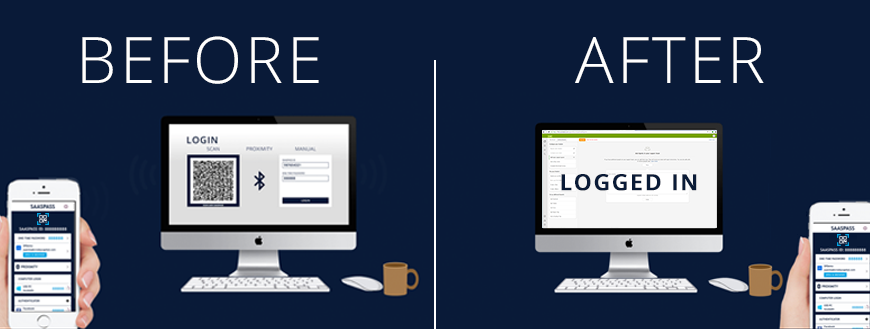We are often approached by businesses when the damage is already done, such as a local manufacturing company hit with an intricate virus (Ransomware attack) that seized their network and deleted their backups. They were not a client of ours at the time, and were not protected for such exploits. We went to work, utilizing our enterprise level tools and were able to get the customer back up and running. The sad part of this? This is not unusual for how we get new clients. Many IT providers don’t have the skill set or knowledge base, or toolsets to be effective with this type of situation.
Don’t be a statistic – make sure your business isn’t vulnerable to the malicious threats constantly emerging. Every time the word cybersecurity is mentioned, there is a story of a cyberattack, downloaded malware, or a release of sensitive information into the world. Network security will continue to evolve as hacking successes increase. The “It won’t happen to me. I have nothing that needs protecting” attitude common in the SMB world is not a responsible business practice. While protecting a network might not be possible by SMB businesses, outsourcing to cybersecurity professionals is ensuring the business’s future.
Keep Your Networks Up-to-Date
Knowing what viruses, trojans, adware, spyware, and attacks are “out there” and understanding what can be done to prevent them can feel overwhelming when you have other responsibilities. Another troublesome but necessary responsibility is keeping current with device patch management; testing each patch prior to deployment to ensure it isn’t counterproductive with existing software and infrastructure. According to Michael Wignall, CTO at Microsoft UK, “You need to make sure you’re on the latest technology and keep systems patched and up-to-date. The WannaCry was a good example of that. With many of the systems that got breached, the threat vector was a vulnerability that should have been patched.” Outsourcing IT functions gives businesses more control over their systems, knowing they have a team of dedicated experts with the responsibilities for keeping networks patched, safe and secure, and closed to potential vulnerabilities.
Strengthen the Walls…Firewalls
Like a house or building, the walls are the first lines of defense from invaders. Criminals need to get through them first before they can do any harm. Similarly in the digital world, any device that is connected to the internet is vulnerable. Firewalls should stop unwanted outsiders from accessing your network. Firewalls “stay smart” and are able to identify “Day 0” threats – threats discovered the first day, which present large challenge to many businesses. Responding to them requires an integrated approach to security that combines traditional protections with advanced threat protection solutions that include distributed sensors and advanced behavioral analytics to detect anomalous traffic and applications, sandboxing solutions to detonate and analyze unknown threats, and solutions interconnected through a common security fabric so all deployed security solutions can be simultaneously updated with new threat intelligence, and to coordinate resources to effectively disrupt any zero day exploits detected anywhere along the potential attack chain, from endpoints to the cloud. Ensure that your company’s firewall is functioning at top strength to repel hackers and sophisticated malware.
Eye Up Your Authentication Process
Simply, the harder it is for a hacker to get to your information, the less likely it is to be stolen. Some companies employ password policies that require employees to change their passwords regularly, requiring the use of special characters, upper and lowercase letters, and numbers. Children’s and pet’s names and birth dates as passwords are from a bygone era of acceptability. The more sensitive the information, the more authentication steps may be required. Using a multi-factor authentication system, the user must provide two or more factors for logging into systems. A user ID and password, require the user to answer a question, use a biometrics such as fingerprint, voice or face recognition, etc., or using a token or software on a mobile device. Using a two factor password system adds to the strength of keeping systems secure, helping you to remain vigilant about protecting the vulnerability of your business’s network infrastructure. Login to your services securely without ever having to remember passwords on both your computer and mobile devices.

With IoT, not only are smart phones at risk but also things one may not originally think about: security cameras, thermostats, sensors, etc. neteffect technologies secures anything and everything that touches the network, and treats their clients infrastructure as a living and breathing thing, one that constantly evolves.
Keep Your Eyes Open and Your Access Limited
There is a surprising amount of corporate espionage that happens by former employees who steal information on their way out. Be aware of who has access to critical information and create policies to ensure compliance.
If employees are allowed to use public wi-fi to access company records, your network can be compromised. Using endpoint security management to administer and control devices that request permission to the corporate network will strengthen your security.
These tips will help secure your company’s information and potentially save your business in costly damages



